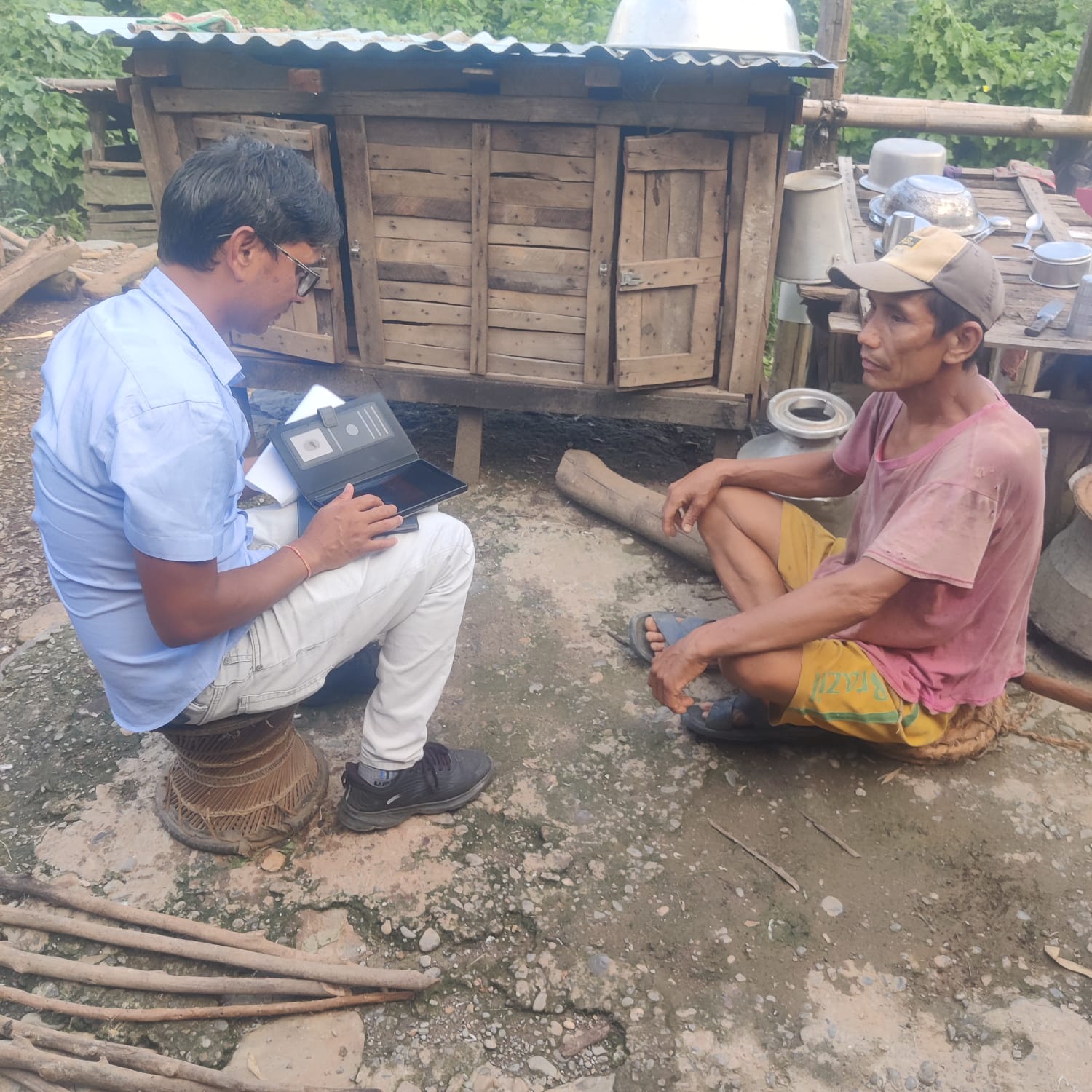Funding Agency: Ministry of Agriculture, Nepal
Client: Netherland Enterprise Agency, Rijksdienst voor Ondernemend, Netherland (RVO)
Date: November 2020 – August 2023
The government of Nepal developed its Agriculture Development Strategy (ADS) that focuses on production sectors (crop, livestock, fisheries, and forestry) and agricultural processing, trade, and other services (storage, transportation, logistics, finance, marketing, and research and extension). The ADS, which is a 20-year vision for agriculture development in Nepal, was approved on 26 July 2015. The ADS can be summarized as follows:
- Accelerate investment in Science and Technology – invest in Knowledge Triangle – research, education, and extension (REE).
- Ensure broad-based and inclusive agricultural growth – invest in programs to moderate social and geographic inequalities.
- Integrate smallholder farmers with competitive value chains that can meet the more demanding requirements of the growing urban population in Nepal and abroad.
- Promote rural infrastructure and rural agro-enterprises that energize the economic texture of rural Nepal.
Kathmandu, Pokhara, Bardia, Banganga, Butwal, Hetauda, Birgunj, Bardibas, Ithari, and Rangeli are the key locations where the Government of Nepal has conducted agricultural development assessments. Further research is planned in the Far Western regions near to the Indian border in 2020. One of the main criteria of the assessments is the potential to create modern market facilities including cleaning, grading, and packaging and are therefore potential locations for cold and dry storage. A second criteria is linkages to the Kathmandu Valley, which contains the largest consumer and export markets.
There are two highways under construction to make the east-west connection of the hilly areas and make
A network of north-south grids. These highways are parallel to the east-west highway.
- Mid-hill highway from east to west will connect mid-hill areas parallel to the Mahendra highway (east-west highway/Asian highway), following the Mahabharat Range, south of the Himalayan range. Nearly 80% of this highway is completed and in operation
- Inner Teari east–west highway connecting areas between the mid-hill highway and Asian highway (east-west highway), flows east-west along the Shivalik range south of the Mahabharat range.
Objectives of the project:
The objectives are to identify and develop suitable and sustainable public infrastructural measures in Nepal throughout the agricultural value chain to meet domestic demand and increase export potential. In order to develop the infrastructure project, a wide range of studies needs to be undertaken.
Scope of Works:
- Review of existing Project Design Report
- Identification of public and private interventions (infrastructure, commodity, funding opportunities)
- Selection of priority interventions
- Pre-feasibility assessment of priority interventions
- Environmental and Social Scoping of Priority Interventions
- Data review, e.g. Project Design Reports
- Policy, institutional, and stakeholder analysis
- Baseline and risk analysis
- Identify public and private interventions
- Preliminary assessment and finance plan
- Environmental and Social Scoping
- ESIA scoping report in line with national and international (IFC) requirements
- Establish initial baseline
- Undertake initial engagement with stakeholders and PAP
- Identify receptors and impacts
- Determine possible mitigation measures
- Propose the ESIA scope of work and Terms of Reference
